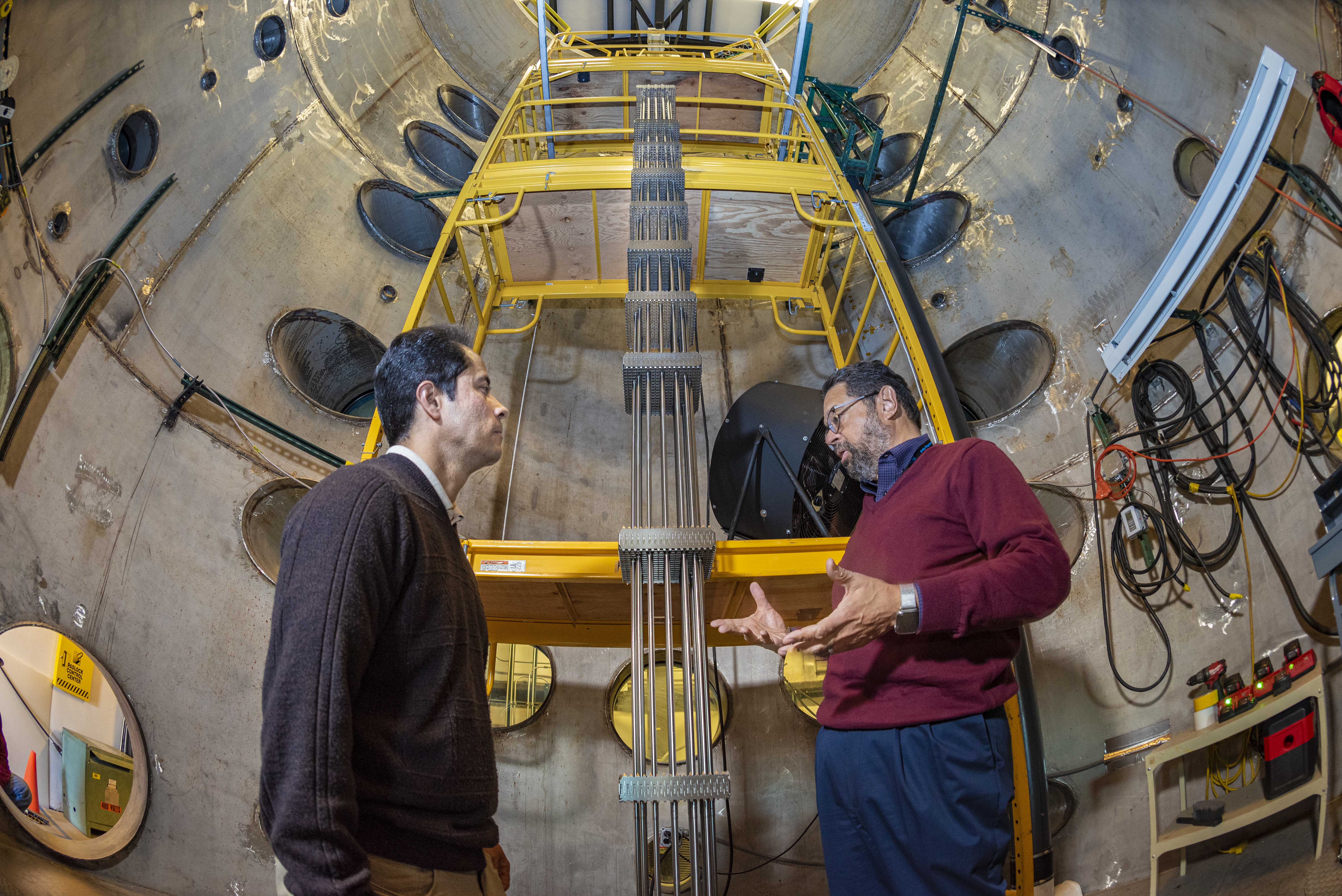To shield stainless-steel spent nuclear fuel canisters from the corrosive threats posed by sea air, Sandia National Laboratories researchers tested a variety of nickel mixtures as protective coatings on stainless steel. The researchers found that the specific material applied, and the specific application process used, impacted the properties of the coating, including how protective it was against corrosion. Their results were published recently in the scientific journal Frontiers in Metals and Alloys.
Tag: spent nuclear fuel
International collaboration compares geologic repository assessment tools
Researchers from Sandia National Laboratories and partner U.S. national laboratories will compare their Geologic Disposal Safety Assessment software framework to the safety assessment software of international peers at a late-April workshop.The Sandia-led Geologic Disposal Safety Assessment framework is a computer modeling system designed to answer critical safety assessment questions about future disposal options for spent nuclear fuel deep underground and the system of tunnels, containers and possible concrete-like barriers used to keep the radioactive material contained far from the surface and water sources, said Emily Stein, a Sandia manager overseeing the development of the framework.
Underground tests dig into how heat affects salt-bed repository behavior
Scientists from Sandia, Los Alamos and Lawrence Berkeley national laboratories have just begun the third phase of a years-long experiment to understand how salt and very salty water behave near hot nuclear waste containers in a salt-bed repository.Salt’s unique physical properties can be used to provide safe disposal of radioactive waste, said Kristopher Kuhlman, a Sandia geoscientist and technical lead for the project.
Canister Delivery to Strengthen Nuclear Storage Research
Three unused, 48,000-pound stainless steel canisters arrived at PNNL, bringing the chance to deepen research in spent nuclear fuel storage and transportation.

Retaining knowledge of nuclear waste management
Experts at Sandia National Laboratories just began their second year of a project to capture important, hard-to-explain nuclear waste management knowledge from retirement-age employees to help new employees get up to speed faster.